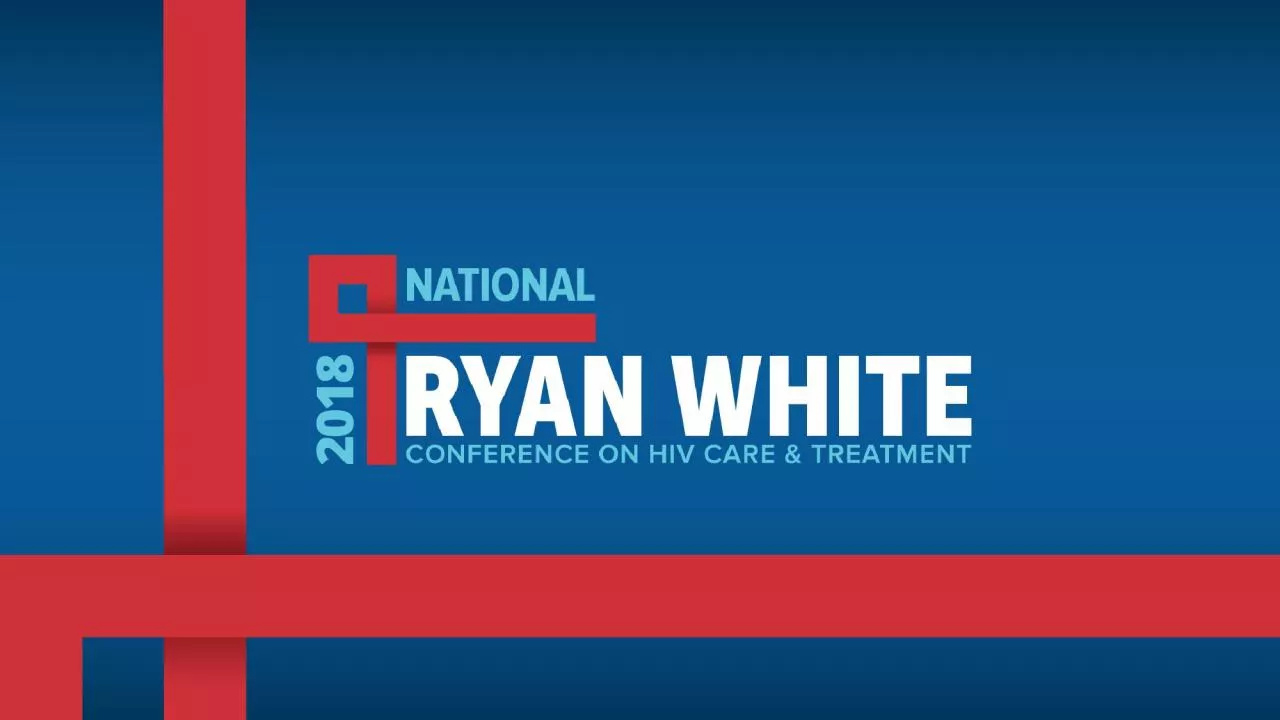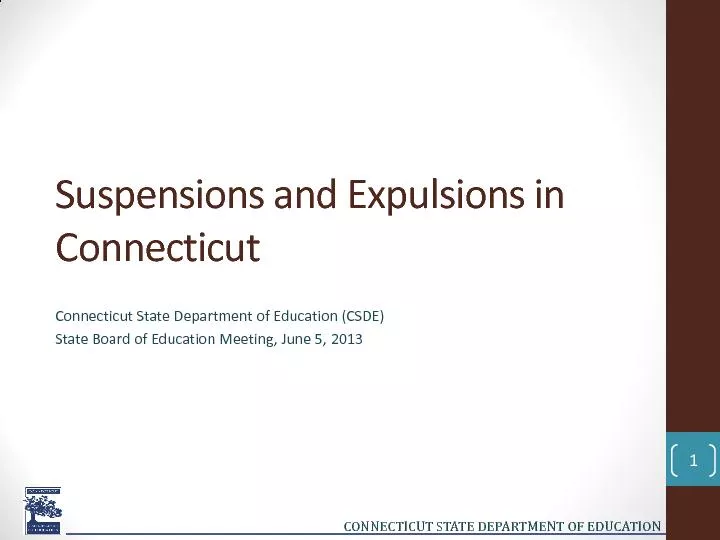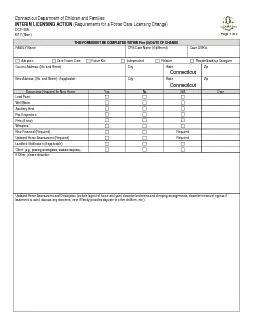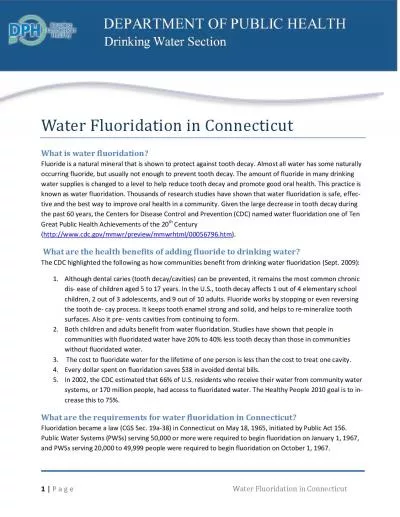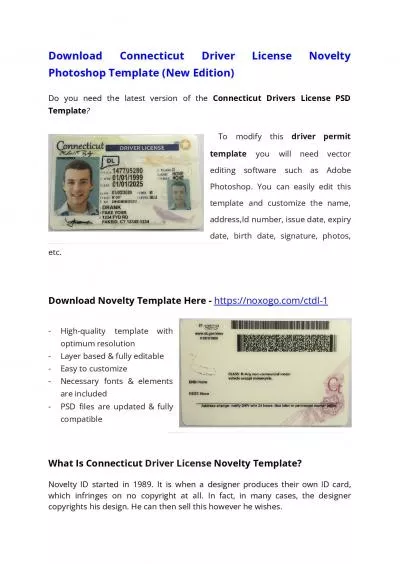PPT-PROJECT CoRECT : INITIAL EXPERIENCE WITH IMPLEMENTING DATA TO CARE IN CONNECTICUT
Author : joyce | Published Date : 2024-02-09
Merceditas Villanueva MD Director HIVAIDS Program Yale University School of Medicine December 13 2018 OUTLINE Epidemiology and HIV Care Continuum in CT Project
Presentation Embed Code
Download Presentation
Download Presentation The PPT/PDF document "PROJECT CoRECT : INITIAL EXPERIENCE WIT..." is the property of its rightful owner. Permission is granted to download and print the materials on this website for personal, non-commercial use only, and to display it on your personal computer provided you do not modify the materials and that you retain all copyright notices contained in the materials. By downloading content from our website, you accept the terms of this agreement.
PROJECT CoRECT : INITIAL EXPERIENCE WITH IMPLEMENTING DATA TO CARE IN CONNECTICUT: Transcript
Download Rules Of Document
"PROJECT CoRECT : INITIAL EXPERIENCE WITH IMPLEMENTING DATA TO CARE IN CONNECTICUT"The content belongs to its owner. You may download and print it for personal use, without modification, and keep all copyright notices. By downloading, you agree to these terms.
Related Documents

